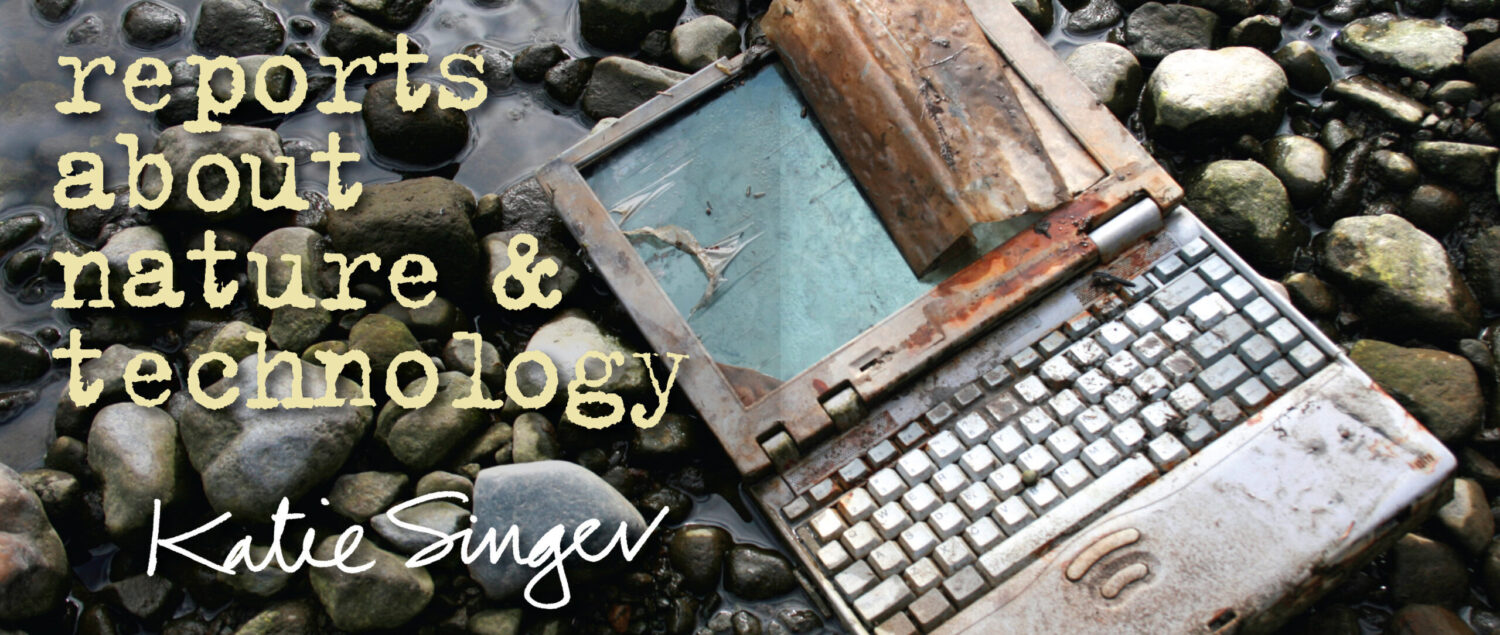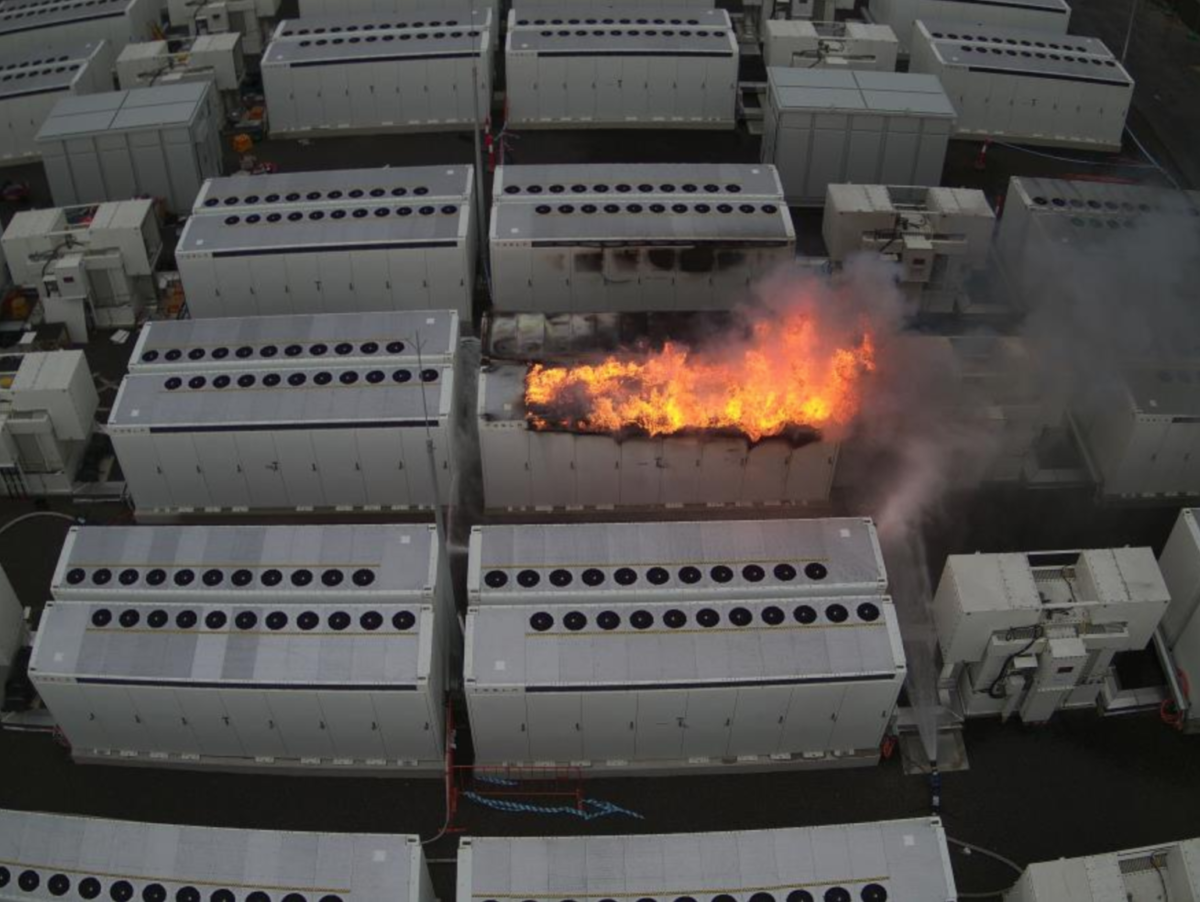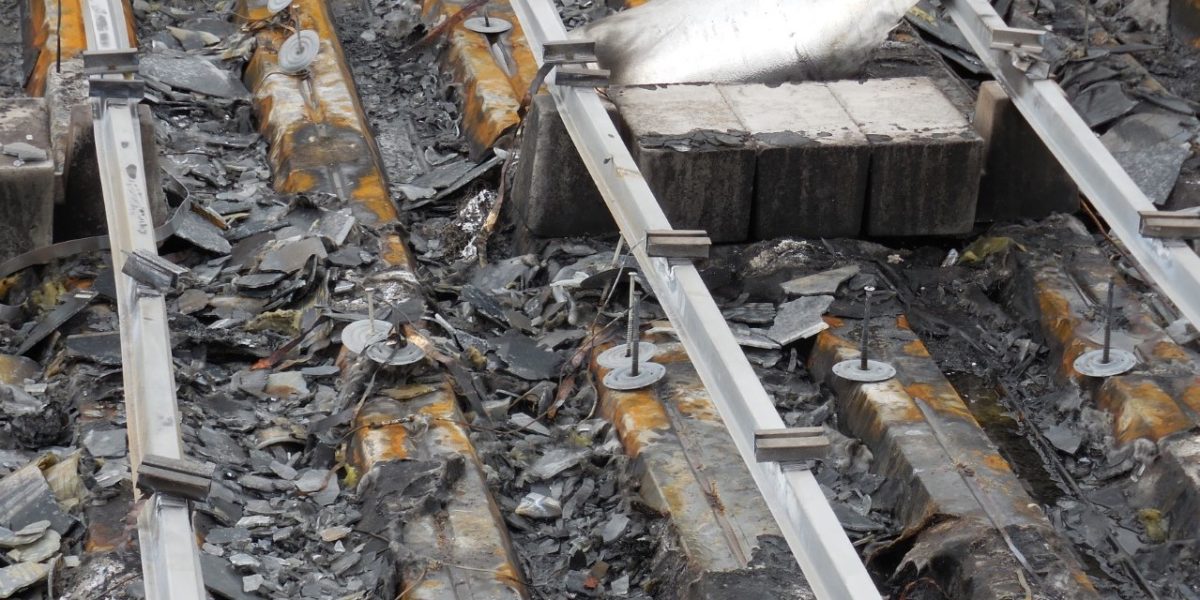Creating protective conditions for solar facilities—
in the event that a developer proposes one near you
by Katie Singer
In the event that a developer wants to install a utility-scale solar photovoltaic (PV) facility near you, consider yourself blessed with opportunities. You can shake up your assumptions about “clean, green” energy. You can learn how to present the technology’s not-so-sunny sides so that neighbors and legislators who believe that solar PVs cannot possibly have problems…actually hear you.
With humility, you can insist that the developer and your county’s planning department show you a professional engineer’s report certifying that all of the project’s hazards are mitigated.
Honestly, you might rather plant turnips or watch your child’s ballgame, but you should learn where this solar facility’s generated power will go, and if the array will connect to the grid.
If health and safety matter more to you than money—and you can suspend belief that solar PVs are renewable, safe and problem-free, proceed to Step 2: Get legal advice so that your county permits the facility only if your conditions are met.
Installation
Insist that the developer use only raw materials sourced from companies that can verify worker and environmental protections.
From installation to “decommissioning,” the developer must carry liability insurance for the project—not self-insure.
How much water will the developer use during construction? Where will it come from? Where will wastewater go? To protect groundwater, will used construction water need treatment?
The developer must keep all soil on the site. Only 400 acres (say) of land can be disturbed at a time to prevent stormwater runoff. (A big rain after a clear-cut would result in disaster.) After clearing an area (i.e., of shrubs or trees) the developer must plant grass within X number of days in order to hold soil and prevent sediment run-off. The developer must set up stormwater basins.
Your county staff, planning commissioners (if so equipped) and board of supervisors will have to evaluate against their ordinance about stormwater runoff and sediment in waterways—and/or land use issues specific to your topography.
Operations
Panels hold chemicals, including per- and polyfluoroalkyl substances (PFAs). In a hailstorm (say), panels can crack. Your county can require monthly soil testing in specified locations to ensure that no chemicals leak into the soil. If chemicals leach into soil, what will the developer do?
Solar panels are electrical equipment. All electrical equipment poses fire hazards. To reduce risk of fire, your county can specify how long grass (or other vegetation) can get before it must be cut.
If a fire does occur during the day, the solar panels will not stop collecting sunlight and converting it into electricity: you cannot de-energize solar panels. Firefighters cannot spray burning panels with water—because water conducts electricity, and water will not put out a solar panel fire. It can only cool it. At a public hearing in Spotsylvania, Virginia, the county’s fire chief said he would not try to extinguish a solar PV fire. He would just hose down everything near it. In the event that the array catches fire, what is your county fire chief’s plan?
If the project includes a battery electric storage system (BESS)
Batteries provide high energy storage. One BESS battery can be the size of a small trailer. If you get a short and a discharge, you end up with arcing and extremely dangerous, toxic fires. (At a BESS in Moss Landing, California, one battery caught fire on September 20, 2022. Nearby residents were not allowed to leave their homes, open their windows or run ventilation systems for nearly 24 hours. Roads and businesses were closed. This BESS was designed and maintained by PG&E and Tesla; the September 20 fire was the plant’s third fire since it opened in April, 2022.)
For a data base of BESS failure events, see https://storagewiki.epri.com/index.php/BESS_Failure_Event_Database
Your county can require the developer to provide a professional engineer’s “sealed” report that all fire hazards have been evaluated and mitigated; and this BESS will not catch fire like the one at Moss Landing or others listed in the database.
To keep cool, batteries require a cooling system. How much water will this cooling system use? Where will it come from? Where will this BESS’s wastewater go? To protect groundwater, will it need treatment?
End-of-Life
When the facility is no longer efficient enough to be profitable, either all panels will be replaced and all wires (and batteries, if there’s a BESS) will be upgraded—or the developer will abandon the project. Require the developer to post a bond so that the county will not be burdened with decommissioning costs if the developer walks away. Sending panels to a recycling center is very expensive. What will happen with the (toxic, flammable) batteries at their end-of-life?
To write up conditions that you aim for your county board of supervisors to approve, you will need:
- a land-use lawyer to provide guidance and appropriate language.
- money for the lawyer.
- to learn your county’s restrictions about discuss issues with commissioners who vote. In any case, you’ll need friendly relations with your permitting commission’s staff.
- an articulate, thoroughly informed, well-mannered and even-tempered person to speak with county staff.
- You might also need a professional engineer (PE).
- If the developer claims that the solar facility will benefit your county economically, you will need to hire an economist to evaluate these claims.
- Do not expect coverage from local media. To educate the public, you’ll need well-written, well-referenced brief entries posted on social media.
Ask if the county has in-house experts to evaluate a solar facility’s chemical run-off, fire hazards and economics etc. If not, then the county can require the developer to provide funding so that the county can hire expert-consultants chosen by the county to evaluate the facility.
For resources, visit the website maintained by Citizens for Responsible Solar: https://www.citizensforresponsiblesolar.org/. See their solar toolkit at https://www.citizensforresponsiblesolar.org/solar-toolkit. See also Kansans for Responsible Solar: https://westgardnersolar.com/utility-scale-solar-health-and-safety-concerns/
For an example of final conditions approved by Spotsylvania, VA’s Planning Commission—which does not include a BESS—visit: https://drive.google.com/file/d/1Ea0NyIBLdyPHaD__P9nBnoUbDGVwrqHV/view
For general info about rarely-discussed problems with solar PVs, visit www.OurWeb.tech/letter-43.
Katie Singer writes about the energy, extractions, toxic waste and greenhouse gases involved in manufacturing computers, telecom infrastructure, electric vehicles and other electronic technologies. She believes that if she’s not aware that she’s part of the problem, then she can’t be part of the solution. She dreams that every smartphone user learns about the supply chain of one substance (of 1000+) in a smartphone. Her most recent book is An Electronic Silent Spring. She currently writes about nature, democracy and technology for Meer.com. Visit www.OurWeb.tech and www.ElectronicSilentSpring.com.


